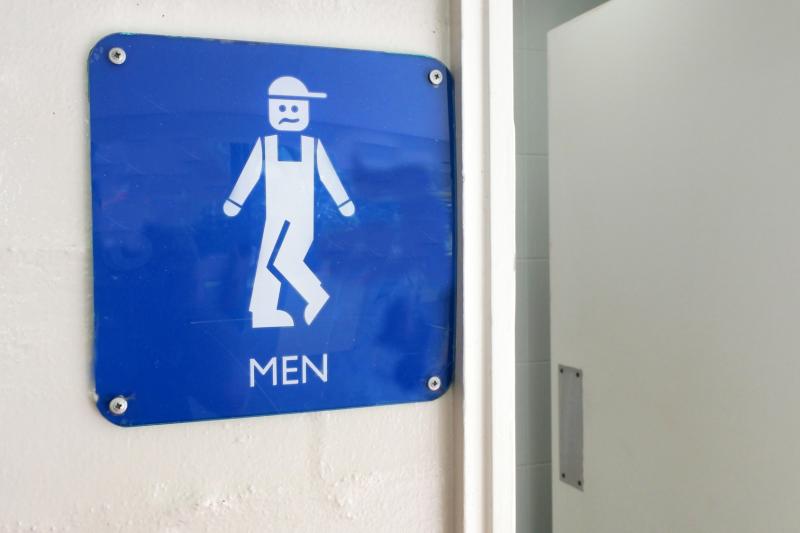
The efficacy and compliance related to percutaneous tibial nerve stimulation (PTNS) are both favourable in traditionally underserved patients treated for overactive bladder at a large urban safety net hospital, reports a study.
Fifty patients (mean age, 59 years; 80 percent black; 52 percent male) were included in the analysis, of whom 34 percent were not insured and 54 percent had government insurance. Prior treatment included behavioural modification in 100 percent of patients, anticholinergics in 86 percent and mirabegron in 4 percent. Participants completed a mean of 10.7 of the 12 planned weekly PTNS treatments.
Seventy percent of the patients completed all 12 weekly treatments. Of these, 77 percent continued to maintenance treatment. Average symptoms improved across all metrics following PTNS treatment, including mean daytime frequency (from 11.0 to 6.6 episodes per day; –24.5 percent), night-time frequency (from 4.8 to 2.5 episodes per night; –47.1 percent), urgency score (from 3.4 to 1.9; –42.1 percent) and incontinence (from 1.6 to 0.4 episodes per day; –79.6 percent; p-each<0.001).
Forty-three of the 50 patients (86 percent) reported symptom improvement.
“[PTNS treatment] should be considered as a feasible modality to manage overactive bladder symptoms in patients in a similar demographic,” the authors said.
The study recruited consecutive patients who underwent PTNS at Grady Memorial Hospital from May 2015 through January 2019 and reviewed their records retrospectively. Self-reported urinary symptoms and episodes of urinary incontinence were the primary outcomes. Secondary outcome was patient compliance, defined as completion of ≥12 treatment sessions. The authors conducted descriptive analysis as well as paired t-tests.